Part 2: How to grow tropical plants in low humidity
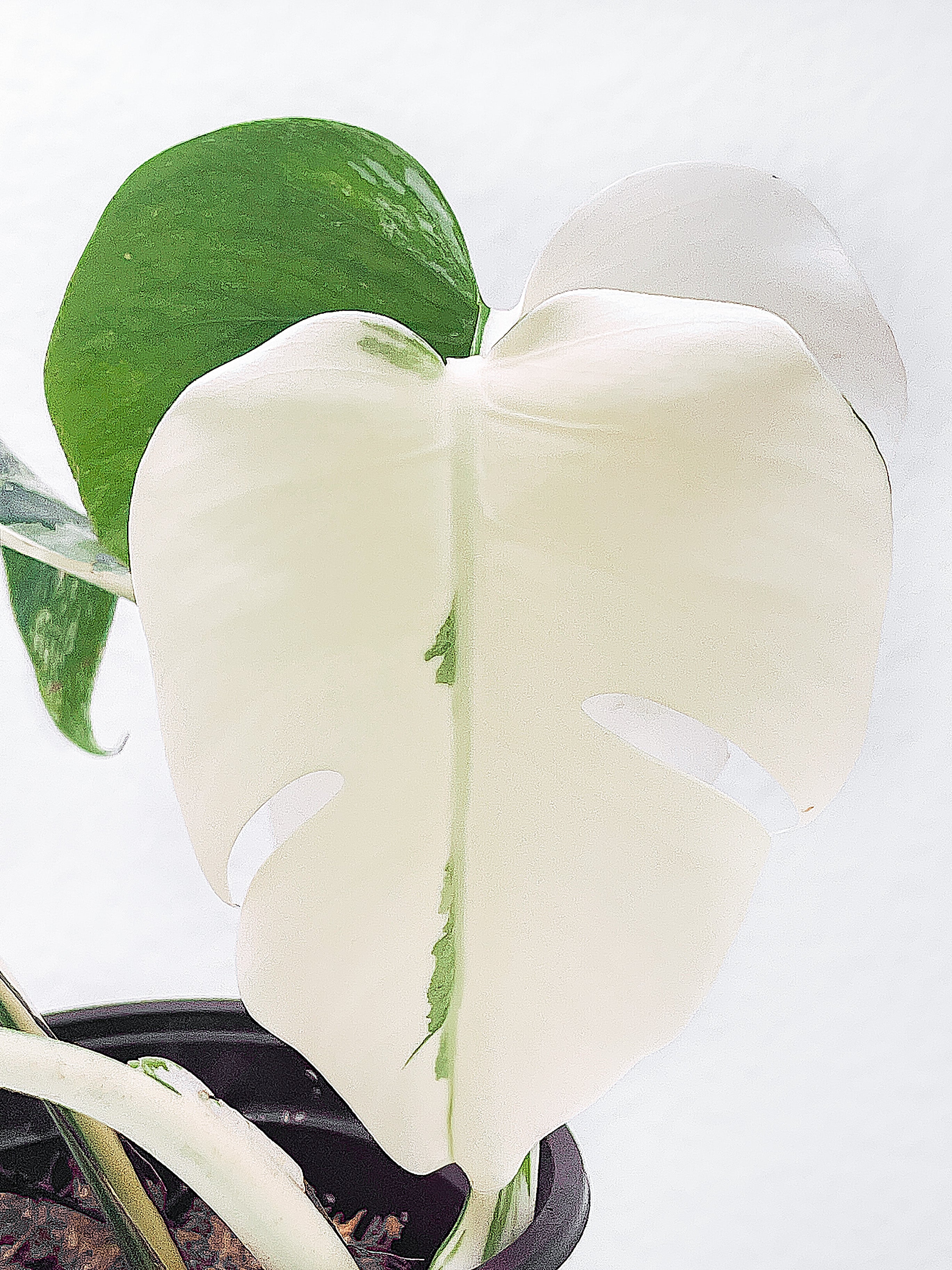

Yesterday, we learned that you could grow finicky plants in low humidity with the proper watering regiment. But it's not as simple as increase your watering frequency and call it a day.
There are factors that will determine the watering schedule:
A. The type of substrate: How well-draining the soil mix is. The airier the potting medium, the more frequently you can water your plant.
B. How developed the roots are. The bigger and chunkier the roots, the more water your plants need.
C. The size of the plants and the leaves. The more leaves and the bigger the leaf's area, the more water the plants need.
D. The stage of the plants. Are they in a growing state? Or are the new leaves coming in? If yes, then you need to increase your watering frequency.
E. The external environment (temperature, airflow, and light.) High temperature, airflows, and light will accelerate water transpiration. Hence you need to hydrate your plants more often.
I keep my plants either in a very well-draining soil mix or pure moss so I can water them almost every 3-4 days. If you want to pace out the frequency, you can add peat moss into the mix and have your plants watered in a week or more.
But people said aroids like philodendrons love cycles of dry and wet, right? If you keep watering the plants, will they always stay wet? There is a misconception that you have to let the soil dry out before watering again. This is absolutely wrong. Letting the plants dry out will kill the roots, and cause root rot. A dry/ wet cycle really means the substrate goes from holding a lot of water to the point it contains less moisture (so the air can easily get in and oxygenate the roots.) It's the dance of air and water, involving two phases. In phase one (wet), the main purpose is to give as much water for the roots. Then moving to phase two (dry), the roots will breathe more oxygen in for photosynthesis. Water and oxygen intakes will happen simultaneously, but in phase one, the plants get more water, and in phase two, they will get more oxygen.
Next part, I will talk about the pros and cons of growing rare exotic plants in low humidity. Stay tuned!

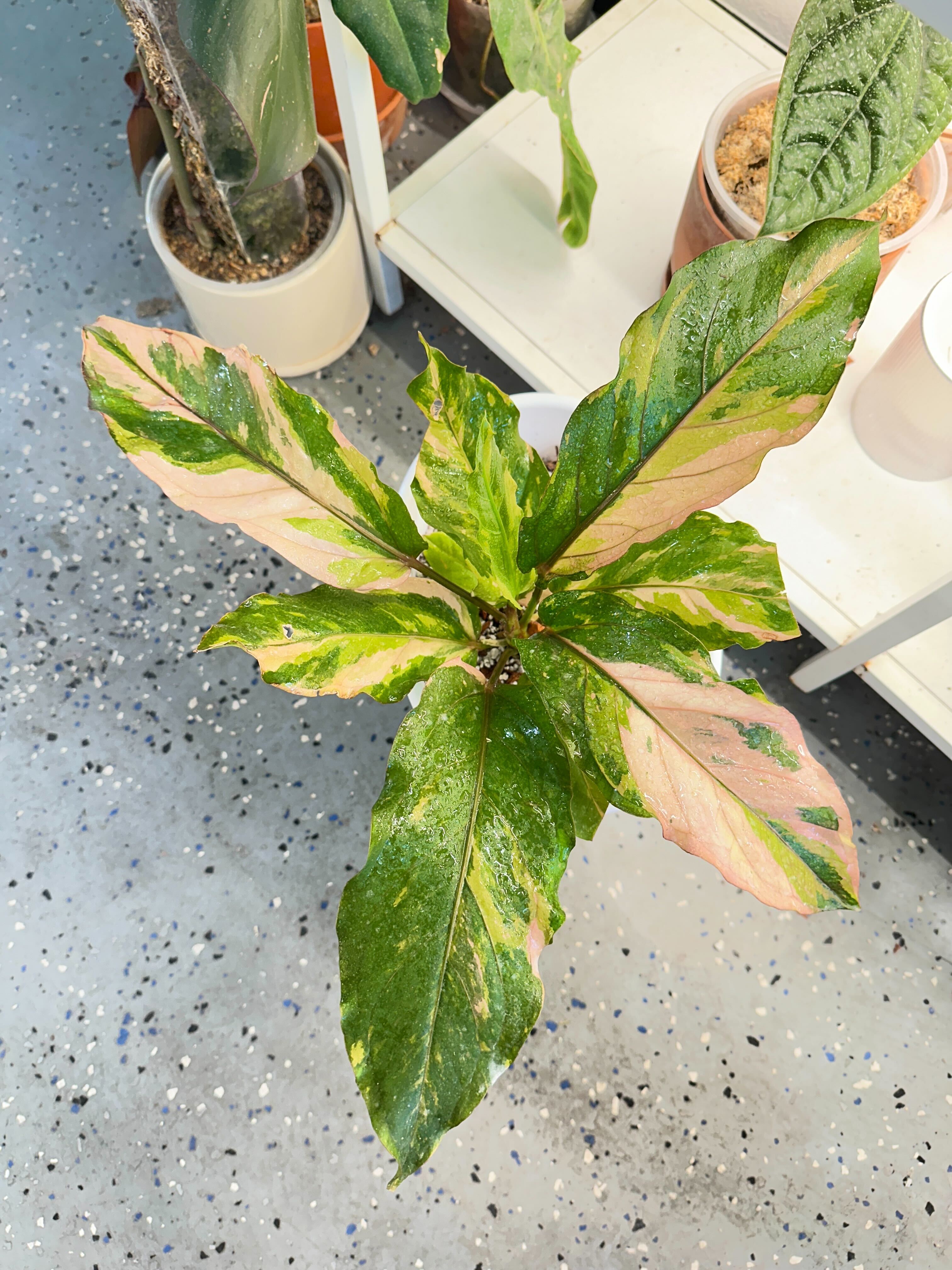
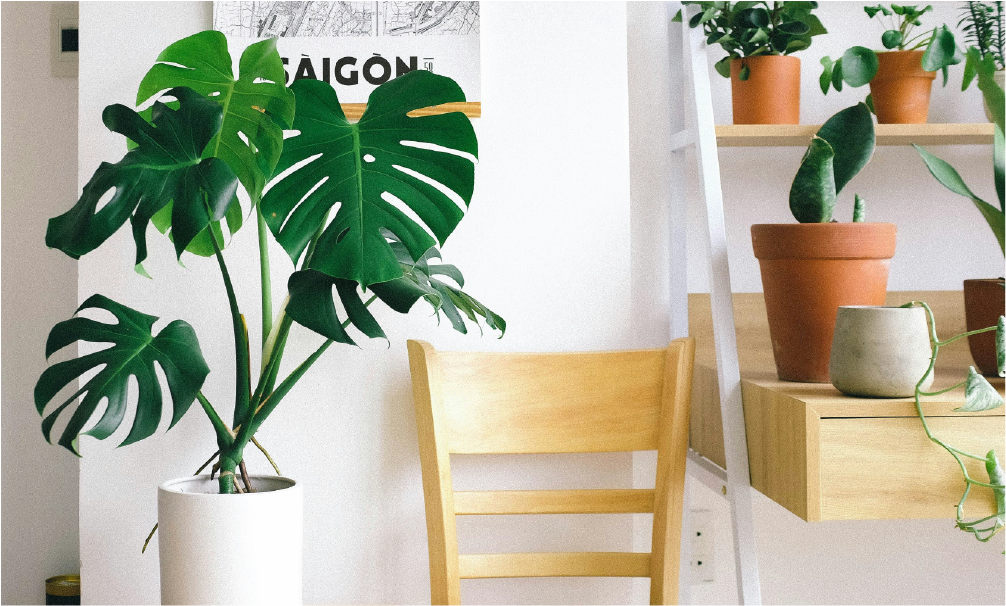


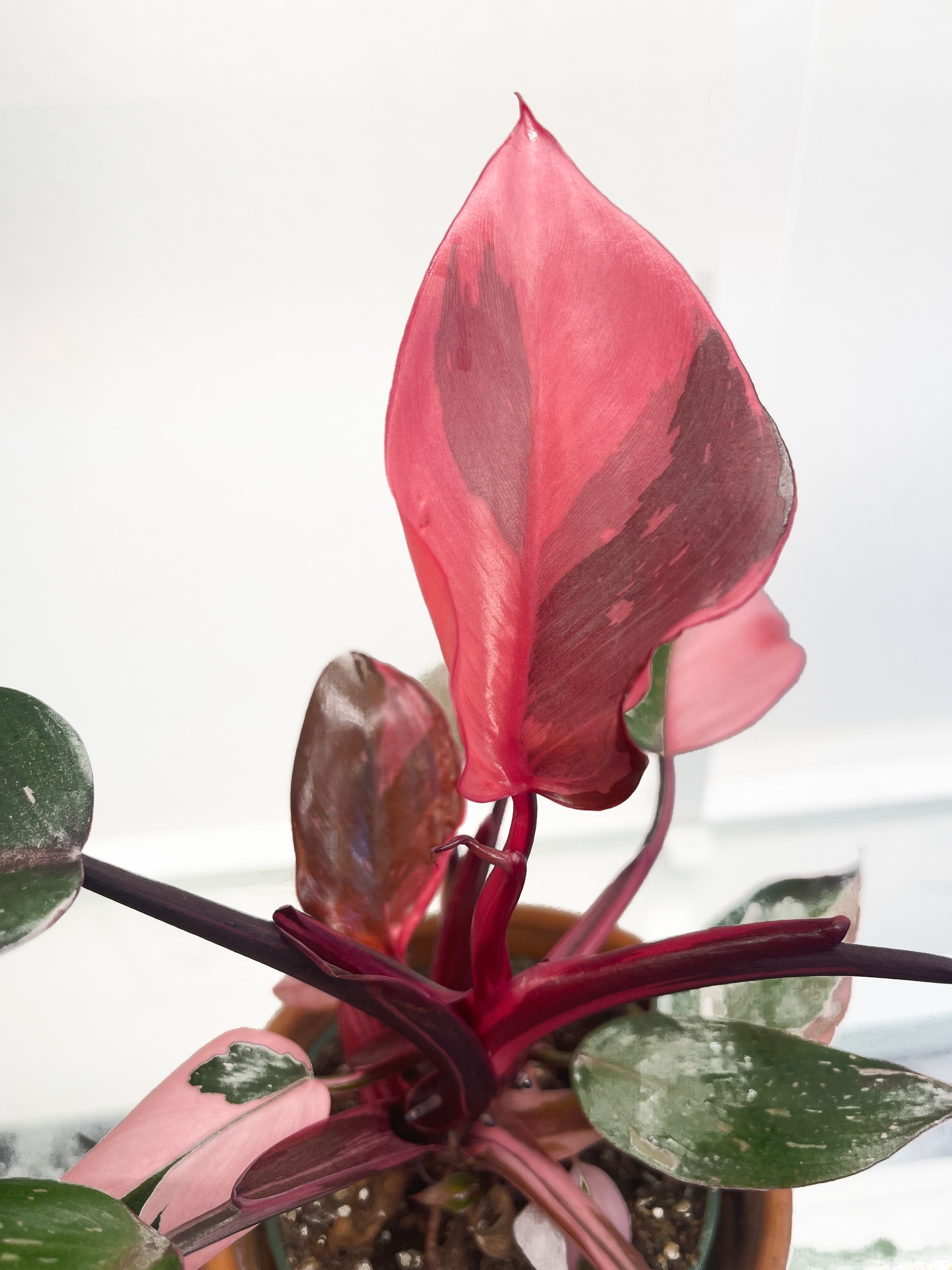
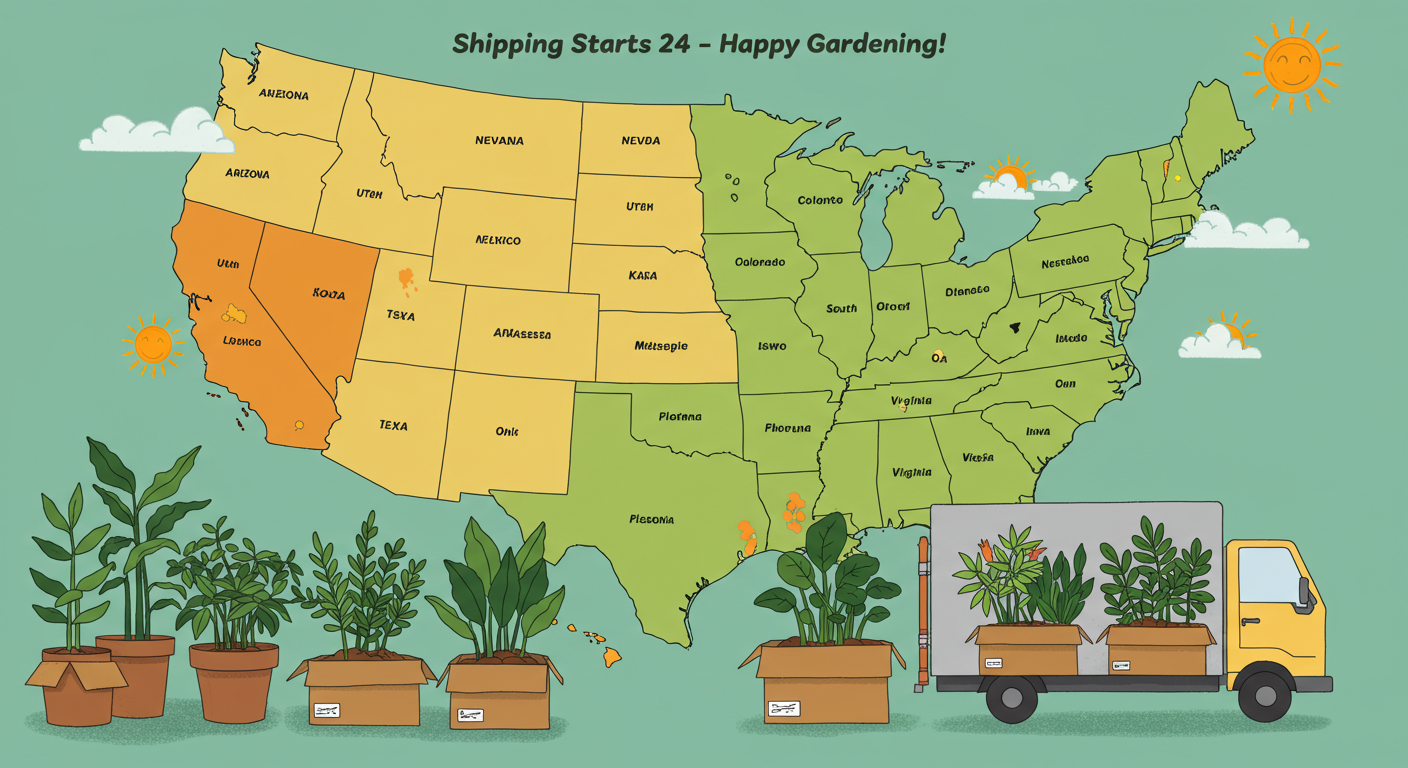
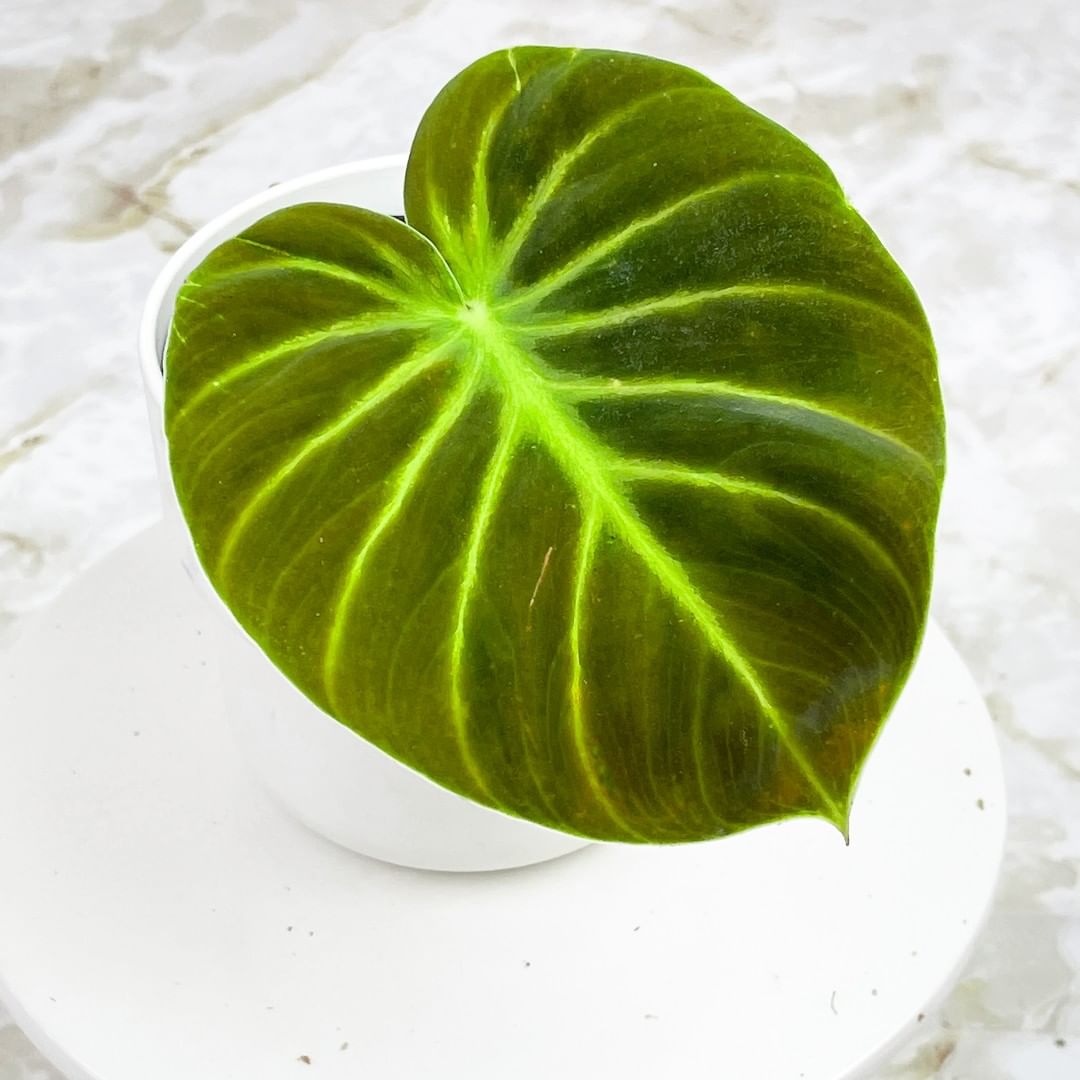
Comments